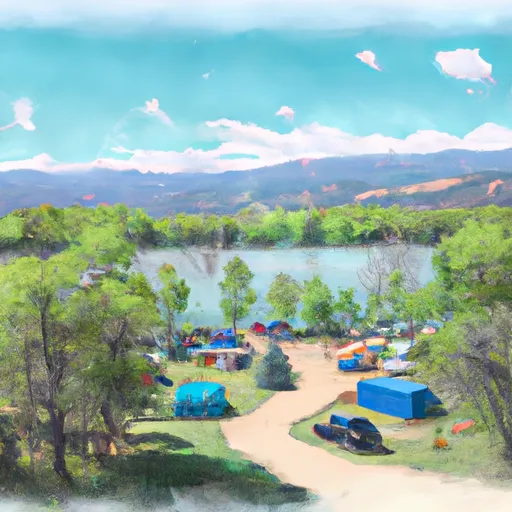Summary
Standing at an elevation of 14,053 feet (4,283 meters), it is one of the fifty-three Colorado fourteeners, which are mountains that exceed 14,000 feet in height. Culebra Peak is known for its stunning alpine scenery and challenging mountaineering routes, attracting climbers from all over the world.
During the winter season, Culebra Peak experiences substantial snowpack accumulation. The snowpack range varies from year to year, depending on factors such as snowfall patterns and weather conditions. It is recommended that climbers have appropriate winter mountaineering gear and knowledge of avalanche safety before attempting an ascent during this time.
Culebra Peak is also noteworthy for its significant runoff, which feeds into several creeks and rivers in the surrounding area. These water sources include Culebra Creek, which flows eastward, and the Culebra River, which joins the larger Rio Grande. This runoff contributes to the overall water supply and ecosystem of the region.
The name "Culebra" originates from Spanish, meaning "snake." This name was given to the peak due to its winding shape, resembling a snake's path. Additionally, the mountain is steeped in legends and lore. Local folklore tells tales of hidden treasures, lost mines, and encounters with mythical creatures in the rugged terrain surrounding Culebra Peak. Explorers and adventurers are drawn to this mountain not only for its natural beauty but also for the rich history and intrigue that surrounds it.
Weather Forecast
Regional Streamflow Levels
371
Cubic Feet Per Second
80
Cubic Feet Per Second
6
Cubic Feet Per Second
0
Cubic Feet Per Second
Area Campgrounds
| Location | Reservations | Toilets |
|---|---|---|
 Monument Lake Park
Monument Lake Park
|
||
 Purgatoire
Purgatoire
|
||
 Purgatoire Campground
Purgatoire Campground
|
